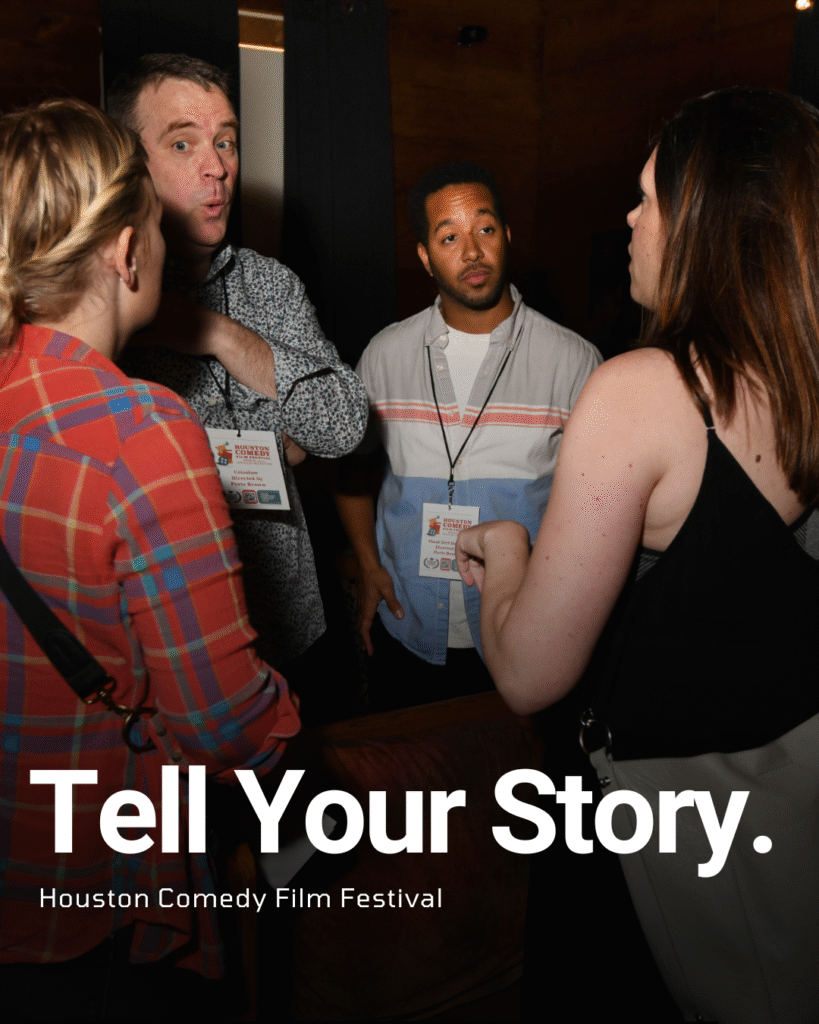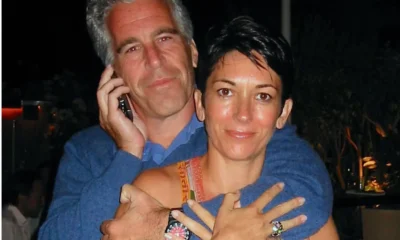Film Industry
How to Network and Make the Most of Film Festivals—Even Without Invites

Attending a major film festival for the first time—or even as a seasoned pro—can be intimidating, especially if you don’t have invites to exclusive parties or don’t know what to expect. But the truth is, the film festival experience is far more open than many newcomers realize.
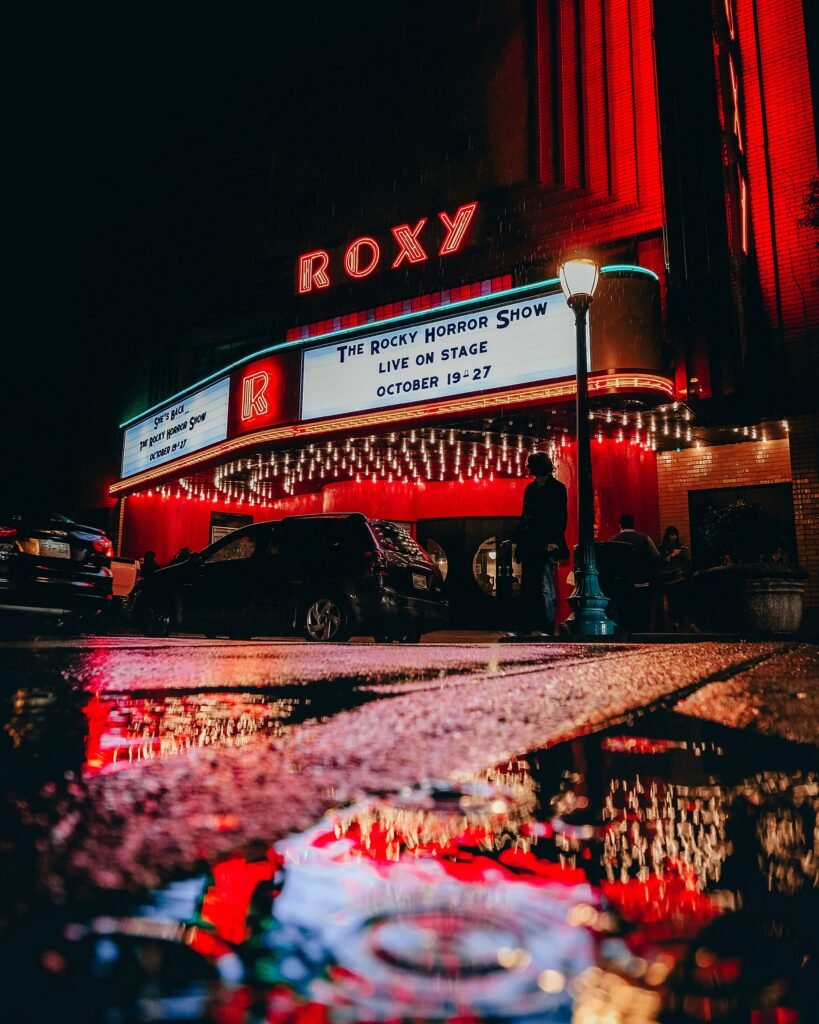
Just Show Up: The Power of Presence
The number one rule is simple: show up at the festival. Even organizers and industry insiders often don’t have a full grasp of the final event schedules until the last minute, so don’t worry if you’re missing invitations or are unsure about what’s happening where. Opportunities for networking and connections have a way of revealing themselves once you’re on the ground.
Tap Into Official and Unofficial Events
Film festivals typically offer a wide range of official events—screenings, panels, and meetups—accessible with a purchased badge or through accreditation. Major festivals like Cannes, Sundance, Toronto, and Venice also feature a vibrant scene of unofficial events hosted by talent agencies, film trade magazines (like Variety, Deadline, Screen International), or even festival-adjacent businesses. Keep your ear to the ground and you’ll quickly discover after-parties and mixers as people you meet invite you along.
Host Your Own Gathering
Don’t just wait for invitations—consider throwing your own small gathering or party. Even a simple coffee meetup or casual drinks can provide currency for networking. Bring people together and you’ll often get reciprocal invites, expand your network, and be remembered as a connector.
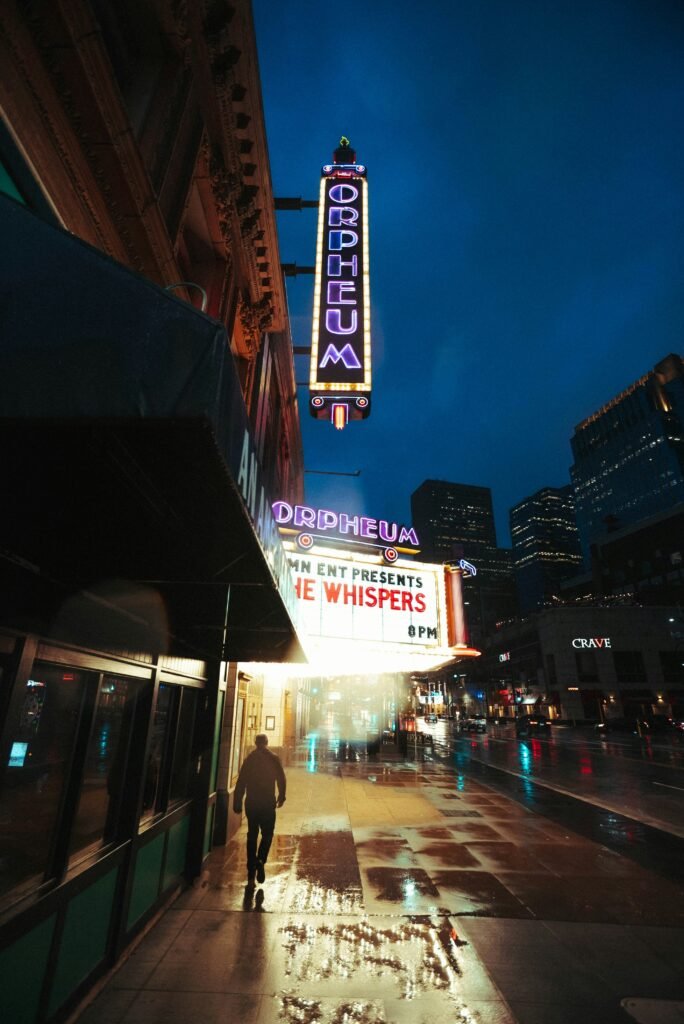
Be Yourself—Even If You Don’t Have a Film
One common anxiety is not having a project screening at the festival. Don’t worry: if someone asks “Do you have a film in the festival?” and you don’t, simply answer honestly—“I’m here to support, learn, and be part of the industry.” Use it to turn the conversation back to them and ask about their experience. Networking at festivals is about genuine connection, not just self-promotion.
Know the Dress Code and Festival Culture
Each festival has its own vibe. Do a little research and check event photos before attending. For example, Cannes is glamorous and formal—dressing up is encouraged—while Sundance is more casual and practical due to the cold. Respect event dress codes as you would for a major celebration or ceremony—think of it as the movie industry’s version of attending a wedding.
Leverage Hotel Lobbies and Common Spaces
If you find yourself without invitations, head to the major hotel lobbies (especially in festival cities like Berlin or Cannes). Industry deals get made in these hotel cafes and bars. By buying a coffee and hanging out, you can overhear about new events, meet people organically, and become part of the festival’s informal hub of activity.
Conversations Are Easy—Everyone Is There to Connect
Unlike regular bars or clubs, everyone at a film festival has something in common—a passion for film. Starting a conversation is easy, and you never know who you might be chatting with: an acclaimed director, a producer, or an emerging actor. Keep an open mind, be authentic, and remember that your next career-changing connection might be just a casual conversation away.
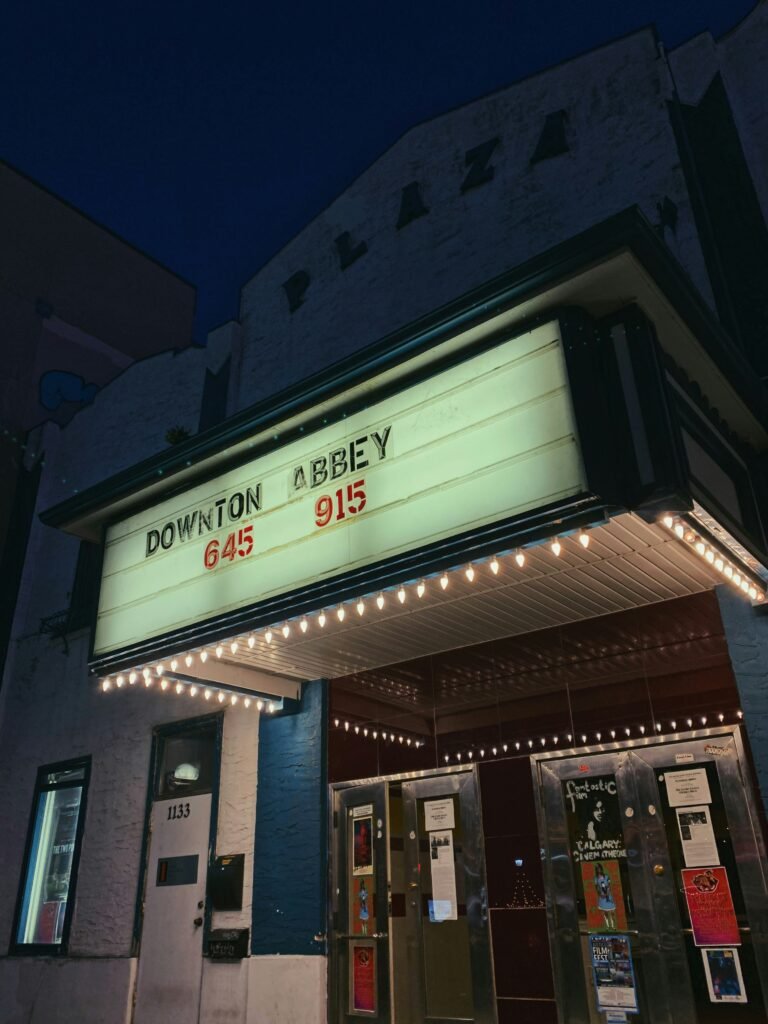
Bottom Line: The best way to network at a film festival is simply to immerse yourself, be approachable, and say yes to new opportunities as they arise. Bring positive energy, ask genuine questions, respect local customs and dress codes, and let the spontaneous spirit of the festival guide you. Often, expecting nothing leads to everything you need.
Entertainment
After Party: Festival Winner for Best Romantic Short
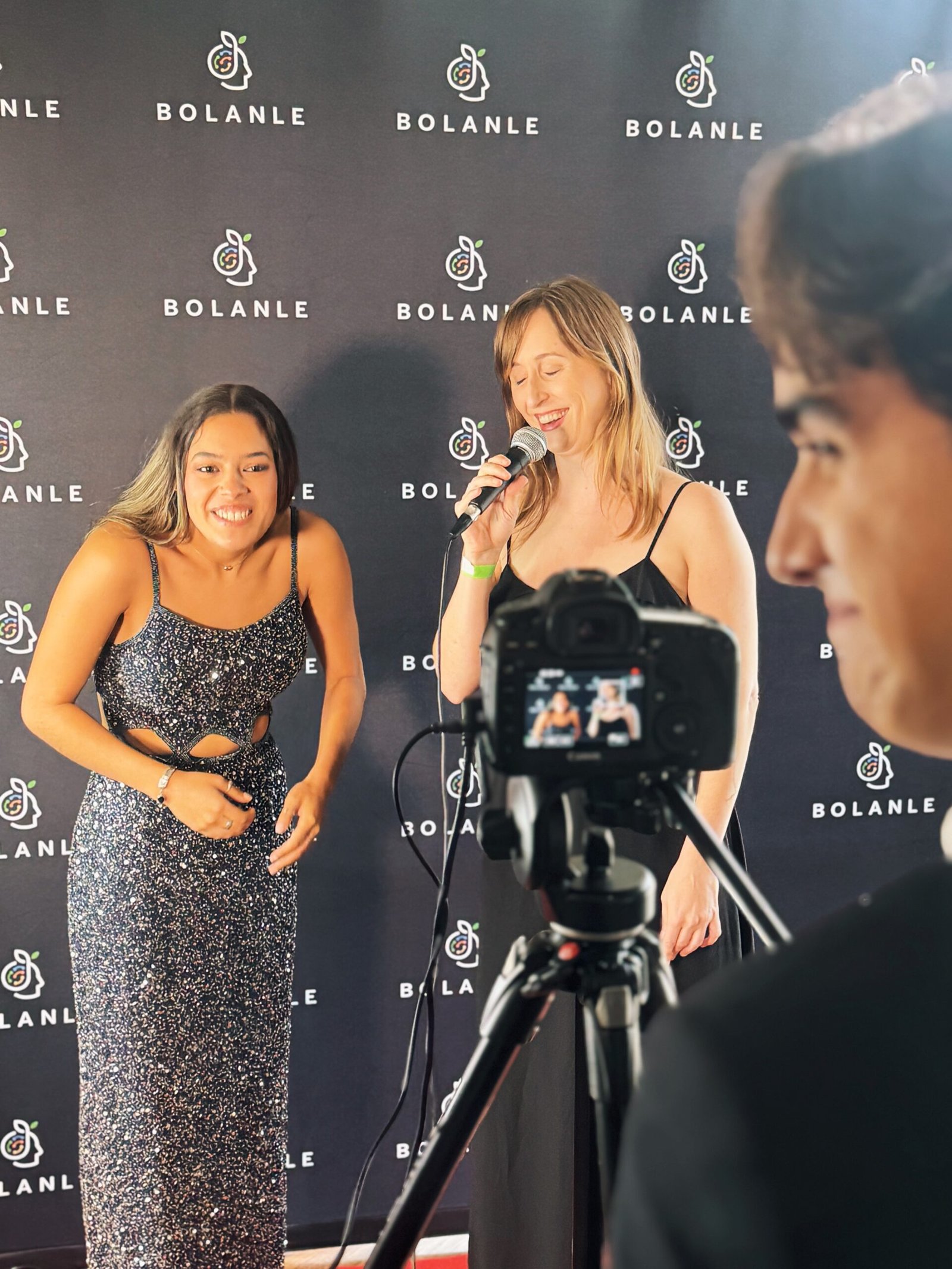
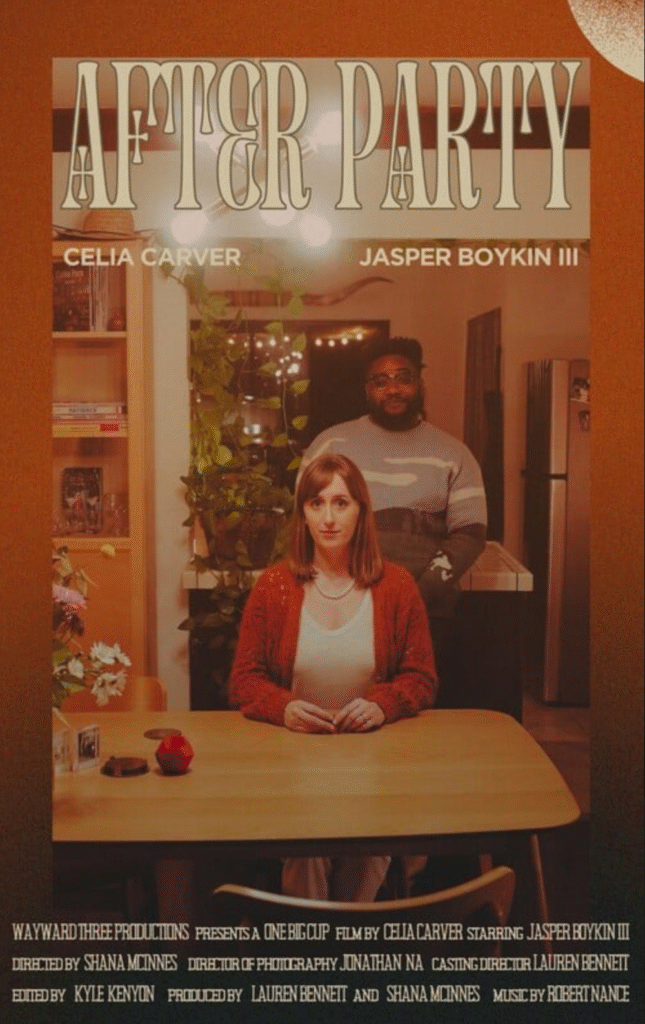
Celia Carver’s romantic short film ‘After Party‘ earned well-deserved acclaim at the Houston Comedy Film Festival 2025, where it took home the award for Best Romantic Film. The festival celebrated Carver’s impressive debut as an executive producer, writer, and lead actress playing the wife, opposite Jasper as her husband, Gabe. Her authentic storytelling and strong onscreen chemistry helped ‘After Party‘ stand out among the festival’s diverse slate of independent films.

Accepting her award, Carver expressed heartfelt thanks to her cast, crew, and the festival community for their support. She reflected on the challenges of balancing multiple creative roles while championing diversity and simplicity in her production approach. Carver specifically credited her collaboration with director Shana Lauren McInnes and actor Jasper for bringing depth and warmth to the project, underscoring how important trusted partnerships are for new filmmakers.
Her acceptance speech also resonated with the festival audience as she shared advice about perseverance, fairness, and casting open-mindedly. Carver encouraged emerging creatives to focus on strong storytelling, foster inclusive teams, and stay adaptable through the inevitable challenges of filmmaking. Her victory not only marks a major milestone but also highlights the potential of bold, thoughtful voices in the indie romantic comedy space.

Overall, Celia Carver’s award at the Houston Comedy Film Festival is a testament to her vision and dedication. It signifies the rising prominence of new talent willing to lead with authenticity and heart. With After Party’s success, audiences and peers alike eagerly anticipate her future projects, expecting more engaging stories told with her fresh perspective and heartfelt humor.
Entertainment
Executive Producer Debut: How Celia Carver Created Festival Hit ‘Afterparty’

Celia Carver stepped into the world of independent film with the ambitious goal of shepherding her short, After Party, from script to festival screen. As a first-time executive producer, Carver didn’t just organize the project—she wrote the screenplay, raised the budget, took the creative reins, and anchored the film through her performance in the lead role as the wife. Opposite her was Jasper, cast as her husband, Gabe, whose approachable presence and natural chemistry with Carver were crucial to the film’s emotional tone and comedic balance.
At the Houston Comedy Film Festival, Carver sat down with festival director Roselyn Omaka for an in-depth conversation about every stage of the After Party journey. The interview offered a candid look into what it takes for a newcomer to pull together a successful independent production and bring it to a live audience.

Casting, Collaboration, and Onscreen Dynamics
One of Carver’s most strategic choices was her collaboration with director Shana Lauren McInnes—a friend since high school and herself a first-time narrative director. This shared sense of trust and history created an atmosphere where creative risks were possible without unnecessary friction.
Carver’s on-screen partnership with Jasper as Gabe was also a calculated decision. She explained that the character dynamic between the husband and wife could easily have tipped negative if Jasper didn’t bring the right energy. He kept the performance playful and genuine, matching Carver’s debut in a major acting role. Their scenes together, depicting a couple picking apart a dinner party mishap, drove the film’s narrative and comic rhythm.
Diversity, Simplicity, and Professional Standards
During her talk with Omaka, Carver emphasized her open approach to casting. She went beyond surface-level diversity, looking for actors who could authentically elevate the material. While Jasper’s performance as Gabe stood out, Carver highlighted that the casting process prioritized who fit the part best—regardless of background—adding that a project gains complexity and relatability when different perspectives are deliberately included.

Carver also pointed out that the production itself was kept as simple as possible—intentionally minimizing moving parts with a single location and small cast and crew. This not only streamlined logistics but kept the creative focus sharp, a key tactic for anyone producing a film on a limited budget for the first time. Fair compensation was another pillar of Carver’s approach. Even when working with friends or up-and-coming talent, she stressed that everyone’s work deserves recognition and proper pay, which, in turn, promotes professionalism and positive energy throughout production.
Navigating Challenges: Production and Post
Carver didn’t shy away from addressing setbacks, particularly during post-production. Color grading required a course correction and the hiring of a new specialist when the original approach didn’t meet expectations. She noted that while giving collaborators room to experiment can sometimes bring fresh results, knowing when to pivot is just as important. This adaptability, she said, can save time and ensure the final product meets the desired vision.
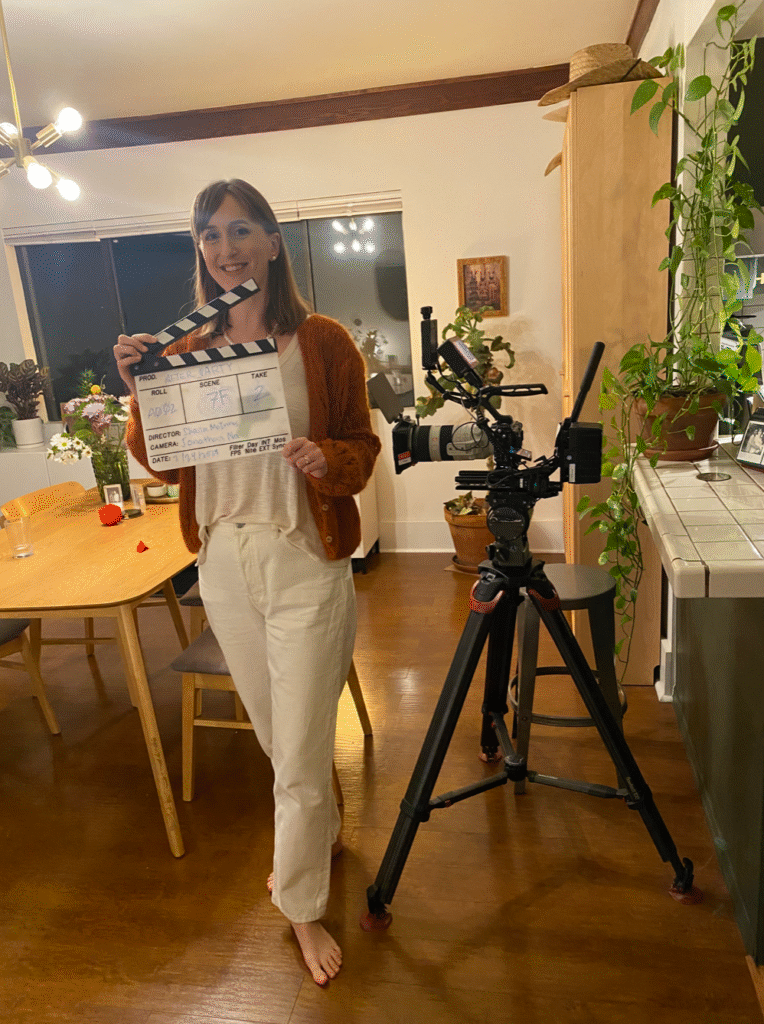
Advice for Aspiring Indie Filmmakers
When Omaka pressed for advice for others contemplating their first independent film, Carver distilled her experience into practical points:
- Keep it Simple: Limit locations, cast size, and narrative complexity to maintain control and cohesion on a first project.
- Cast for Chemistry, Not Just Credentials: Find collaborators whose energy complements the project and each other, particularly for stories driven by intimate relationships.
- Prioritize Diversity and Openness: Seek new voices and faces. This not only levels the playing field but strengthens the project’s resonance with a modern audience.
- Pay Fairly and Transparently: Value every contribution, regardless of experience or personal connection, to foster respect and professionalism.
Looking Forward: From Executive Producer to Director
Following After Party’s successful run at the Houston Comedy Film Festival, Carver is now working on a new short in the horror genre—a move she hopes will build her directorial confidence and further expand her creative reach. She credits her time both on-screen and behind the scenes with giving her a clearer understanding of the unique pressures and rewards of independent filmmaking.
The Takeaway
Celia Carver’s debut is an instructive case for new producers and writers: with the right mix of planning, open collaboration, principled leadership, and willingness to learn in real time, a festival-worthy film is within reach—even for first-timers wearing many hats. Her detailed conversation with Roselyn Omaka revealed not just her process, but a genuine roadmap for anyone determined to take creative control in today’s independent film landscape.
Film Industry
Can Movie Theaters Steal the Show from Streaming?
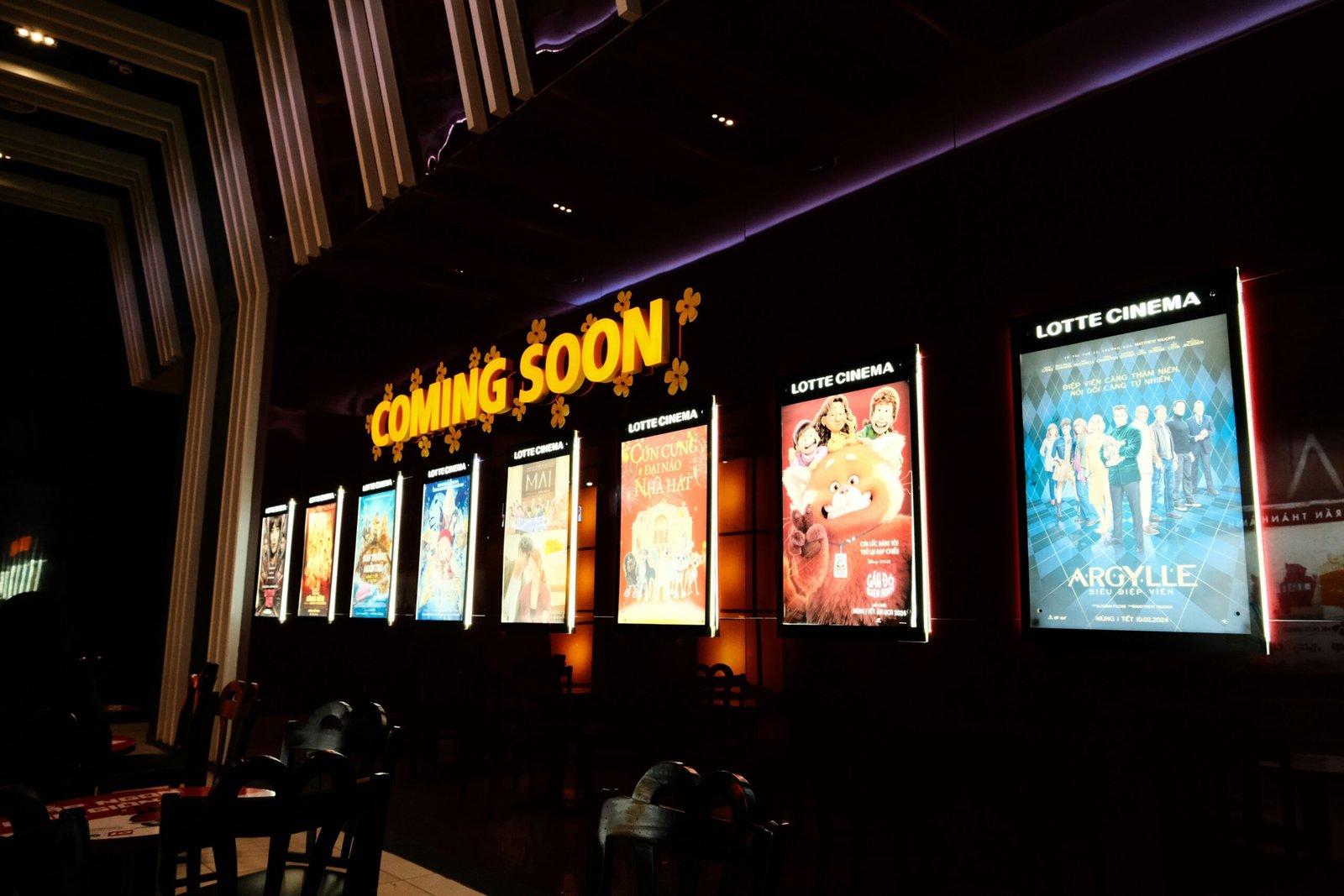
It wasn’t long ago that original streaming films dominated studio strategies, with major players slashing theatrical releases and scrambling for digital-first blockbusters. This era gave rise to a seemingly unstoppable streaming boom, but after the pandemic dust settled, cracks began to show. Declining subscriber growth, saturated markets, and the yearning for shared experiences off-screen forced studios to reevaluate.
Enter the newly merged Paramount Skydance. CEO David Ellison has boldly declared that original streaming movies are no longer the company’s main priority; instead, Paramount is supercharging theatrical output—raising its film slate from 8 to 20 movies annually. This dramatic shift marks one of the most aggressive industry pivots back to the big screen in recent memory, supercharging optimism among exhibitors and sending shockwaves through Hollywood financial circles.

Industry heavyweights like AMC CEO Adam Aron are embracing the boost. “We’ve thought for a long time that Paramount in David Ellison’s hands would be very good for exhibition,” Aron noted, pointing to the studio’s legacy hits like Top Gun: Maverick—a film widely credited with sparking renewed interest in the theater experience. Since SkyDance’s box office coups, studios are again recognizing that theatrical releases can drive bigger cultural moments, longer revenue tails, and higher per-head spending than digital debuts.
AMC’s recent numbers lend weight to the comeback: theater attendance soared 26% last quarter, while revenue jumped 36%. Thanks to premium formats, innovative concessions, and experiential add-ons—collectible popcorn tubs, branded merchandise, dine-in services—actual profit per moviegoer is up 48% compared to pre-pandemic levels. Audiences are not only coming back, they’re spending more and lingering longer.
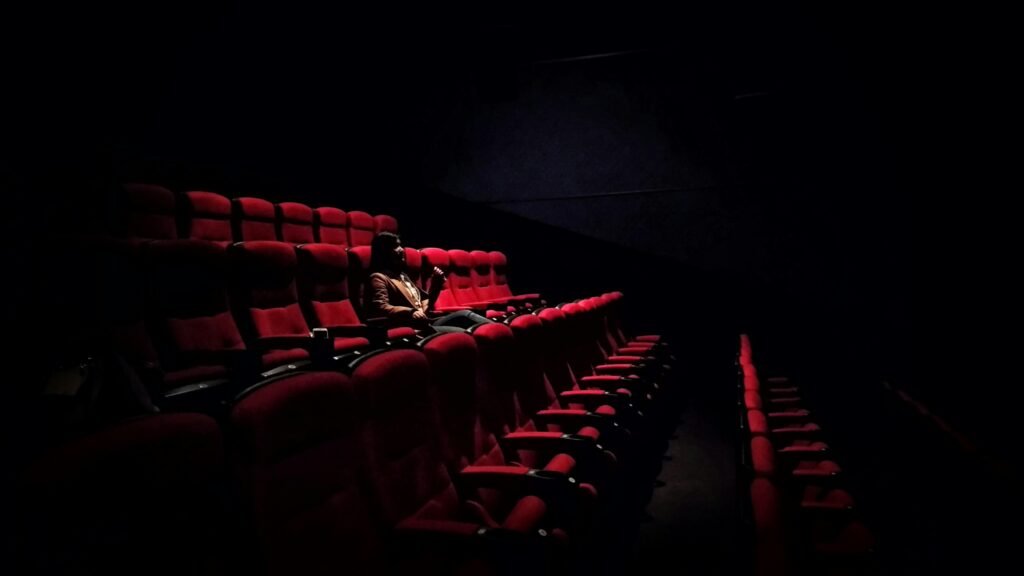
But the battle isn’t over. Some analysts predict overall box office earnings won’t hit pre-pandemic heights until 2029. Still, theater owners are less worried, having streamlined costs and diversified revenue streams in recent years. For AMC and other chains, the focus is on making each patron more valuable—not just filling seats.
Paramount Skydance’s new strategy could prove a bellwether. With 20 new theatrical titles each year—across genres and budgets—the studio is chasing more “event” films that draw fans off the couch and into auditoriums. Meanwhile, streaming platforms will need to adapt, either by forming new partnerships or refining their role as launchpads for fresh talent and niche content.
Ultimately, audiences are signaling what they want: memorable nights out, unforgettable premieres, and the collective thrill of the movies. As one CEO put it, “It all starts with great movies.” With the world’s biggest studios pivoting back toward the silver screen, movie theaters look poised not only to steal the show, but also to rewrite Hollywood’s future.

 Entertainment2 weeks ago
Entertainment2 weeks agoAfter Party: Festival Winner for Best Romantic Short

 News2 weeks ago
News2 weeks agoCamp Wackapoo – Rise of Glog Takes Center Stage

 Entertainment2 weeks ago
Entertainment2 weeks agoFrancisco Ramos Takes Top Mockumentary Award at Houston Comedy Film Festival

 Politics2 weeks ago
Politics2 weeks agoTrump’s $2,000 Tariff Dividend Plan: Who Gets Paid?

 Politics3 weeks ago
Politics3 weeks agoMamdani’s Victory Triggers Nationwide Concern Over New York’s Future

 News2 weeks ago
News2 weeks ago50-Year Mortgages: A Game Changer or a Debt Trap?

 Film Production2 weeks ago
Film Production2 weeks agoWhy China’s 2-Minute Micro Dramas Are Poised To Take Over The U.S.

 News7 days ago
News7 days agoEpstein Files to Be Declassified After Trump Order















